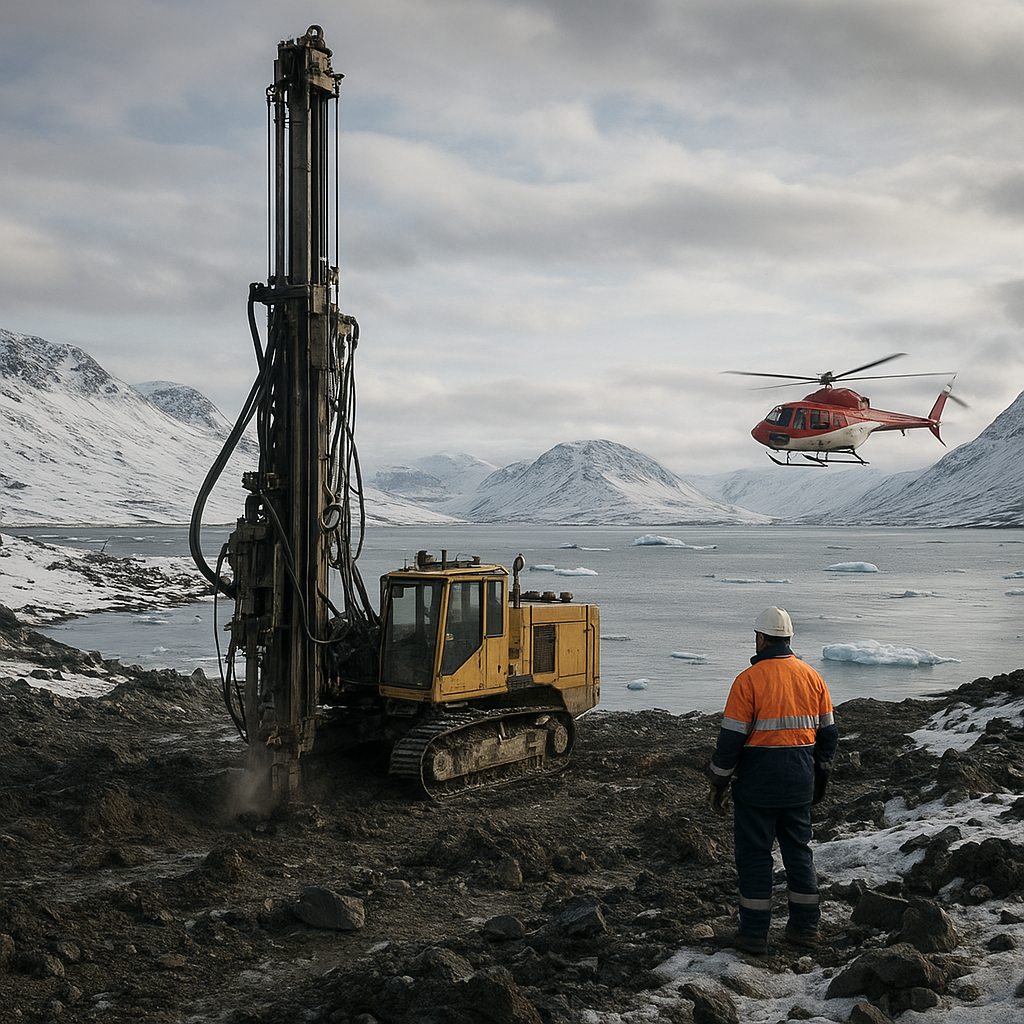The global demand for rare metals has surged in recent years, driven by their critical role in modern technology and sustainable energy solutions. As the world increasingly relies on these metals for everything from smartphones to electric vehicles, understanding the economics of rare metal mining becomes essential. This article delves into the challenges and opportunities that define this complex industry.
Understanding the Rare Metal Market
Rare metals, often referred to as rare earth elements (REEs), are a group of 17 chemical elements that are crucial for the production of high-tech devices, renewable energy technologies, and advanced military equipment. Despite their name, these metals are relatively abundant in the Earth’s crust, but their extraction and processing are economically challenging due to their dispersed nature and the environmental impact of mining operations.
The market for rare metals is characterized by its volatility and geopolitical sensitivity. China dominates the global supply chain, accounting for over 80% of the world’s production and refining capacity. This concentration of supply has significant implications for global trade and security, as countries seek to diversify their sources and reduce dependency on a single supplier. The strategic importance of rare metals has led to increased exploration and investment in alternative sources, including recycling and the development of new mining technologies.
Price fluctuations in the rare metal market are influenced by a variety of factors, including technological advancements, regulatory changes, and shifts in consumer demand. For instance, the growing adoption of electric vehicles and renewable energy systems has led to increased demand for metals like lithium, cobalt, and neodymium. However, the market remains susceptible to supply chain disruptions and geopolitical tensions, which can lead to sudden price spikes and shortages.
Challenges in Rare Metal Mining
One of the primary challenges in rare metal mining is the environmental impact associated with extraction and processing. Mining operations often result in significant land degradation, water pollution, and greenhouse gas emissions. The refining process, which involves separating rare metals from their ore, is energy-intensive and generates hazardous waste. These environmental concerns have led to stricter regulations and increased scrutiny from governments and environmental organizations.
Another challenge is the technical complexity of extracting rare metals. Unlike more common metals such as iron or copper, rare metals are often found in low concentrations and are dispersed across various mineral deposits. This makes their extraction more difficult and costly, requiring advanced technologies and specialized expertise. Additionally, the refining process is complex and requires significant investment in infrastructure and research and development.
Geopolitical factors also pose significant challenges to the rare metal industry. The concentration of supply in a few countries, particularly China, creates vulnerabilities in the global supply chain. Trade disputes, export restrictions, and political instability can disrupt the flow of rare metals, leading to supply shortages and increased prices. As a result, countries are seeking to develop domestic sources and establish strategic reserves to mitigate these risks.
Opportunities in the Rare Metal Industry
Despite the challenges, the rare metal industry presents numerous opportunities for growth and innovation. The increasing demand for clean energy technologies and advanced electronics is driving investment in new mining projects and the development of alternative sources. Companies are exploring new mining techniques, such as deep-sea mining and asteroid mining, to access previously untapped reserves of rare metals.
Recycling and urban mining also offer significant opportunities for the rare metal industry. As electronic waste continues to grow, there is a growing emphasis on recovering rare metals from discarded devices. This not only reduces the environmental impact of mining but also provides a sustainable source of rare metals. Advances in recycling technologies are making it more feasible to extract rare metals from complex waste streams, creating a circular economy for these valuable resources.
Furthermore, the development of new materials and technologies is opening up new applications for rare metals. For example, the use of rare metals in advanced battery technologies and superconductors is expanding, creating new markets and driving demand. As research and development continue to advance, the potential for rare metals to contribute to technological innovation and economic growth is significant.
In conclusion, the economics of rare metal mining is shaped by a complex interplay of challenges and opportunities. While environmental concerns, technical complexities, and geopolitical factors present significant hurdles, the growing demand for sustainable technologies and the development of new mining and recycling methods offer promising prospects for the industry. As the world continues to transition towards a more sustainable future, the role of rare metals will become increasingly important, making it essential for stakeholders to navigate the economic landscape with foresight and innovation.












